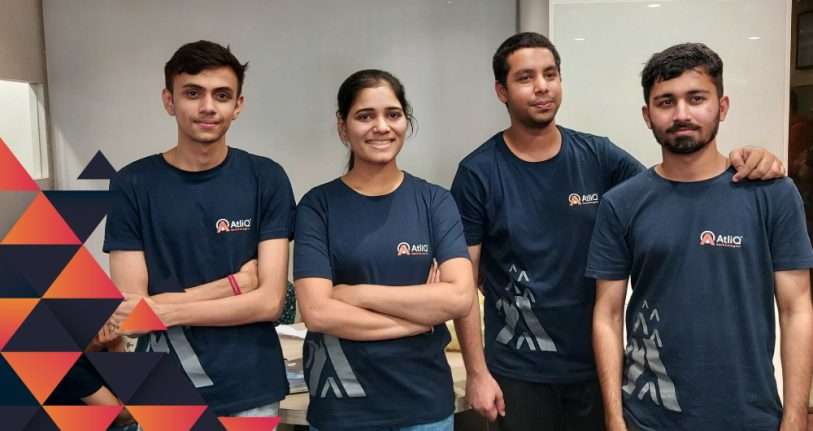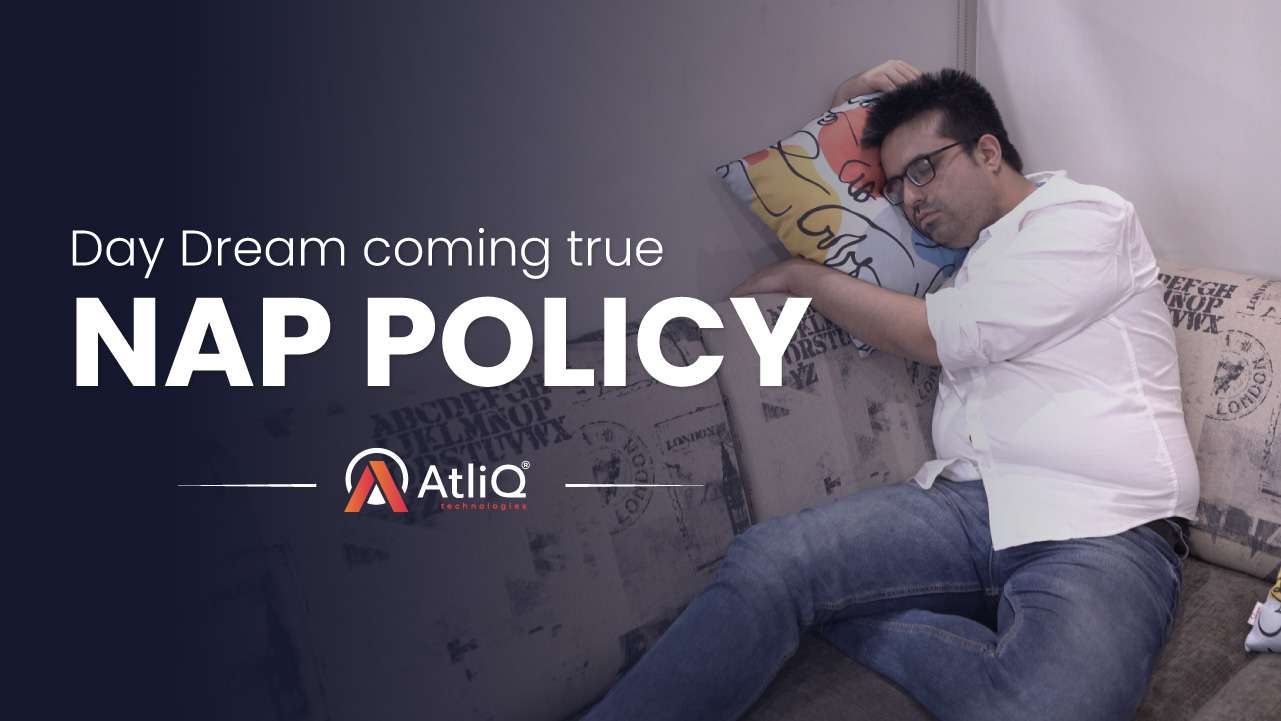AtliQ Productivity Hackathon: Our Experience
AtliQ held a hackathon event on the 28th and 29th of January, and 1st of February. The event aimed to promote ideation, initiative and gave the Engineers in AtliQ to showcase their creativity and hone their skills. The Engineering team was divided into four groups, and the event was split into three stages. The first stage was the ideation process. The theme- ‘productivity’ was introduced, and some seed ideas were given to the teams. Specific metrics or parameters were defined based upon which the submitted entries would be judged. These parameters were- User Interface – Look and feel of the project that they build User Experience – How easy the project is to use for an intended audience Code/Algo Quality – the quality of the code, standard practices, time constraint, complexity, understandability The idea to Actual product Conversion – How much of the idea that was pitched was successfully implemented Usefulness – how can the idea be used to streamline workflow or save time – i.e. improve productivity Scalability – How scalable the application is Future Scope – How much can we improve it in future The first day consisted of an idea presentation and brainstorming session. Each team came up with the project ideas and discussed how these ideas could be implemented and the benefits of developing these projects. The second stage was the development stage. The teams were given an entire day to execute their ideas. The presentation stage followed this. Each team presented their ideas, how they executed these ideas, and the impact their projects have on workplace productivity. We were pleased to observe that the workplace ambience changed swiftly as soon as the hackathon started. Loud music was playing through the speakers, the A/C was working on full blast, and the lights were dim. All the participants were eager to build their projects and worked enthusiastically towards their goals. All of them seemed determined to make the most of their day. We also observed a positive impact on our employees’ attitude. They were pumped up and excited to work on their ideas. The teams were split strategically to increase interaction between employees that do not get a chance to interact often. This has increased team bonding and has positively impacted the workplace since. Many of the employees learned new technology or took up a different role than their designation. One of our skilled interns was able to learn a new technology during the hackathon. Another one of our employees, who is a QA Analyst, was able to work on DevOps and enjoyed the change from his regular responsibilities. The All Four Teams Came Up With the Following Ideas/Projects- The first team, 200:success, integrated our CRM software with Google drive. They recognized the reluctance of employees to create time logs in a separate application. By implementing their idea, they provided a way for the employees to create an excel sheet logging their work hours. This would directly be reflected in our CRM application- Kaizen. This project also made it possible to receive push notifications from the Kaizen application while working on the browser or google drive, making it easier for employees to receive messages, check announcements, etc., while working on the web browser. The second team, Rainmakers, created a SaaS API platform. The platform acts as a marketplace or APIs and facilitates selling the APIs that our organization has developed in the past. The third team, React-R, created a react native starter that could be integrated with the node package manager. The initial setup required for themes, login, etc., takes up 3-4 days and is redundant. Through this starter, this task is automated and hence saves a lot of time and effort. The fourth team, Git-hooks, created a source code manager which streamlines the commit and changelogs. It not only mandates that the commit is five characters long, but it also mandates a description that provides better clarity within the team. These commits and changes are automatically logged into a file named change for future reference. It also automates the process of linting that checks the code for testing standards. The implementation of these projects added a sense of accomplishment and helped invigorate the participants, and gave them a chance to try out technologies and processes in ways that they haven’t been able to do in a long while. Overall this competitive coding event has added a lot of energy, positivity, and vigour to the workplace.

